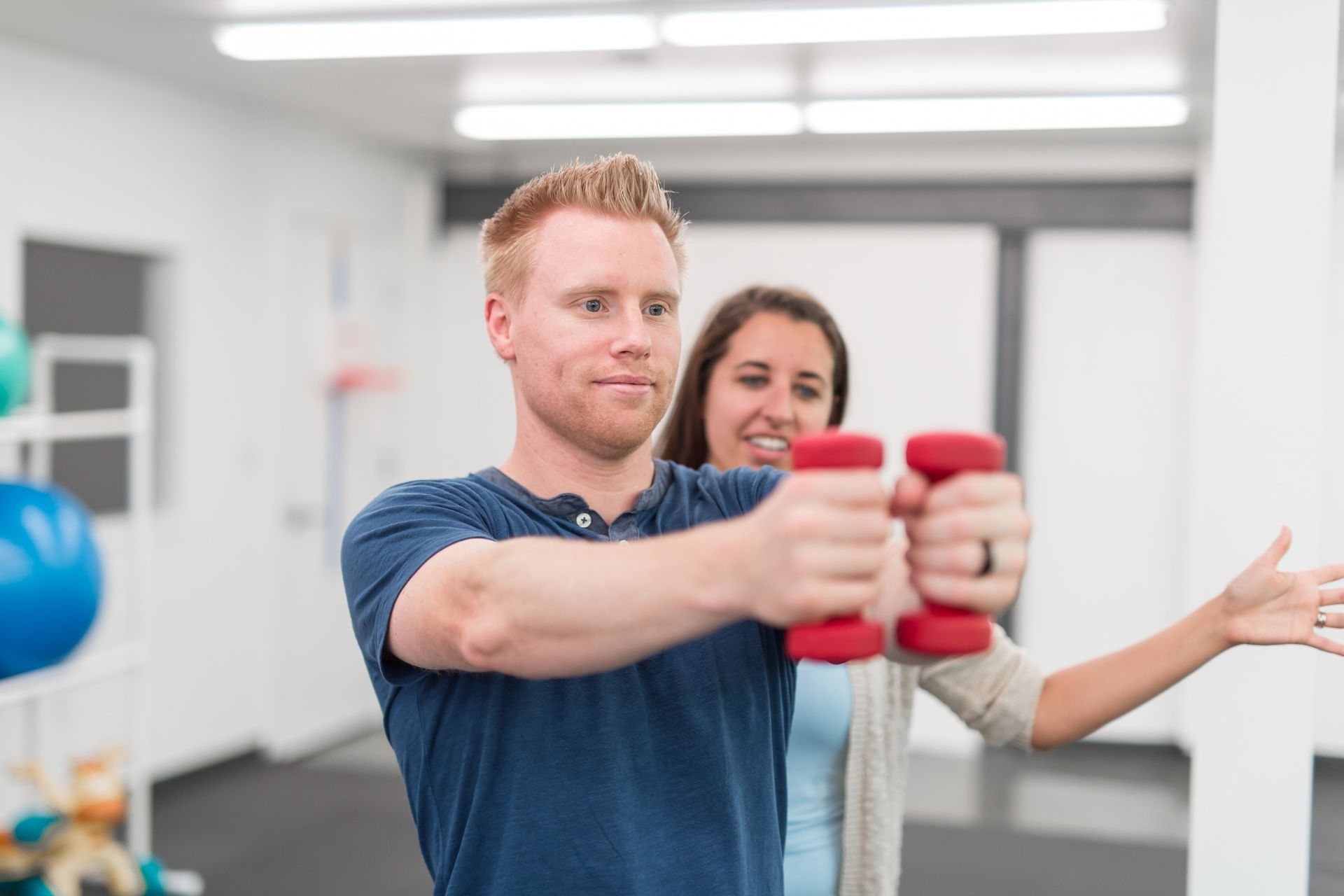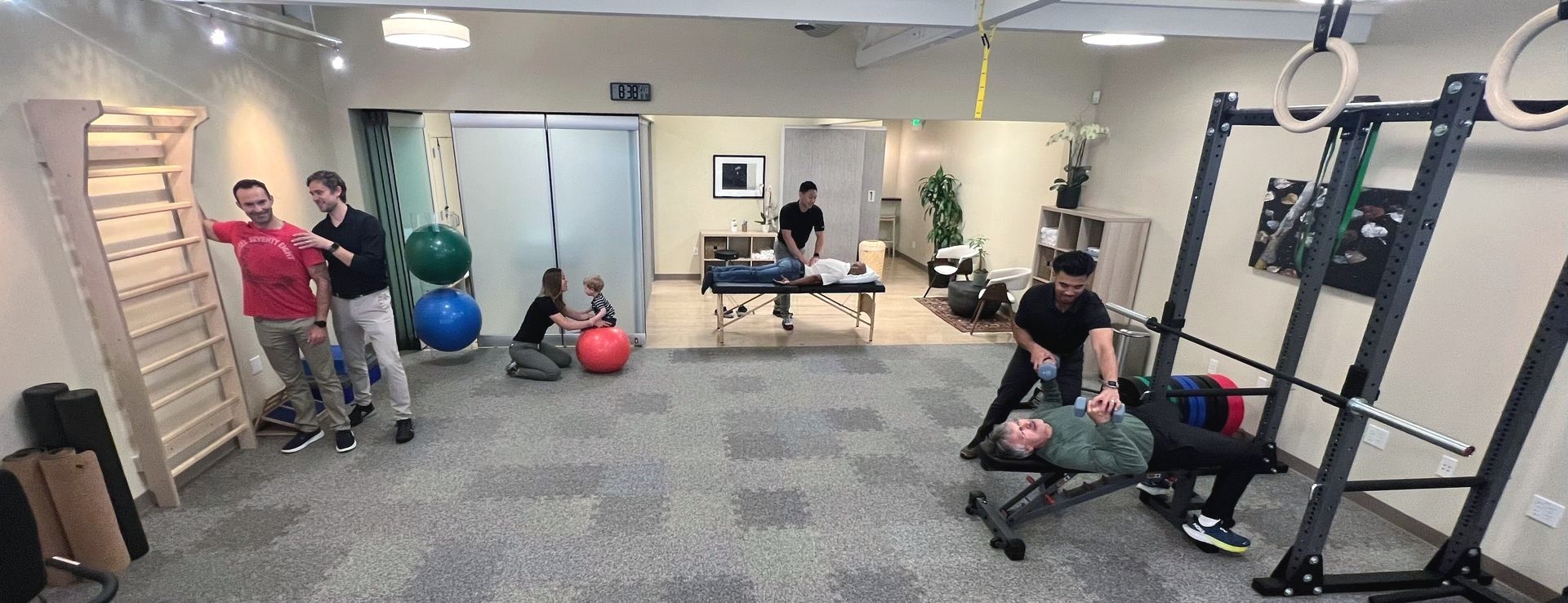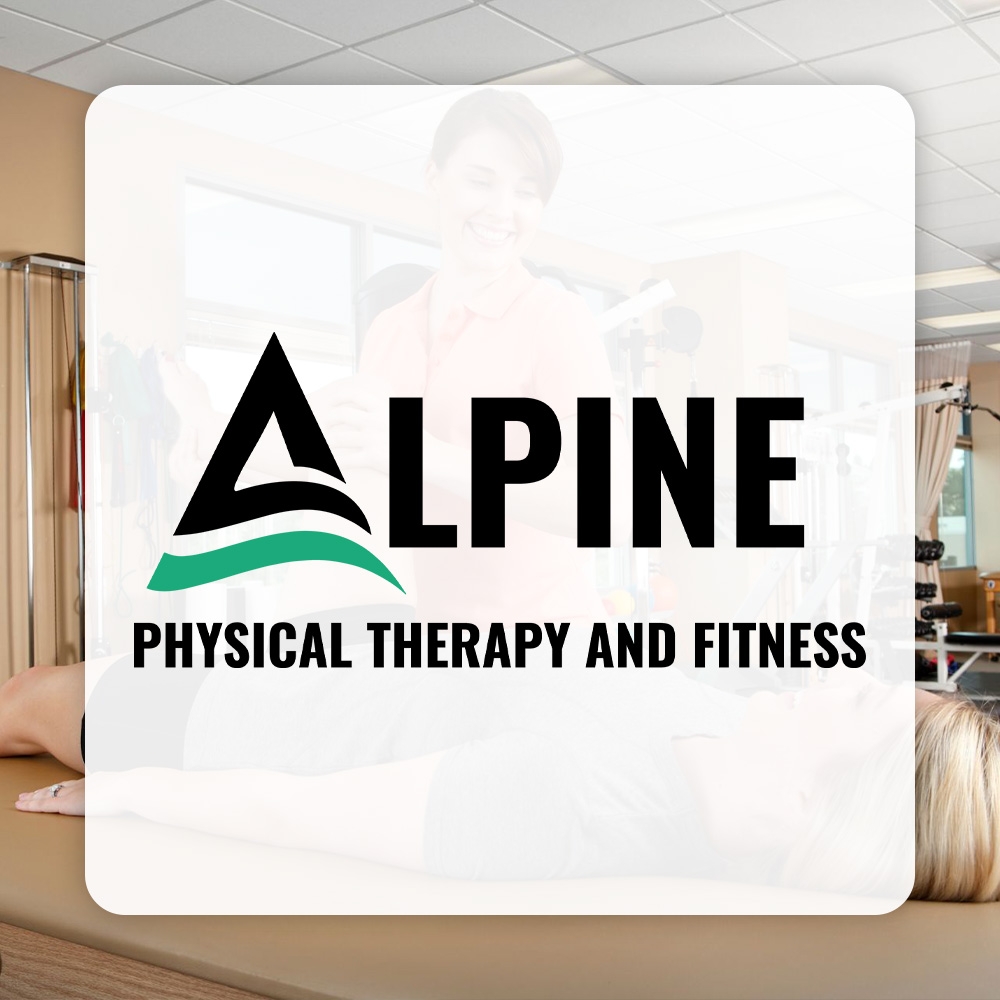

Trigger points are tight knots or bands of muscle fibers that can form in the muscles. They are typically caused by muscle overuse, injury, or stress. When muscles are repeatedly contracted and not allowed to fully relax, trigger points can develop. These points can be felt as tender or painful areas in the muscle, and they can also refer pain to other areas of the body. Trigger points can form in any muscle, but they are most commonly found in the neck, shoulders, and back.
ErgonomicsTrigger point release therapy, also known as myofascial release, can be an effective treatment for alleviating chronic pain. This therapy involves applying pressure to the trigger points in order to release the tension and restore normal muscle function. By targeting the specific areas of muscle tightness, trigger point release therapy can help reduce pain and improve range of motion. It is often used in conjunction with other therapies, such as stretching and strengthening exercises, to provide long-term relief from chronic pain.
Common symptoms associated with trigger points include localized pain or tenderness in the affected muscle, referred pain that radiates to other areas of the body, muscle stiffness or tightness, and limited range of motion. Trigger points can also cause muscle weakness and fatigue. The pain and discomfort associated with trigger points can vary in intensity, ranging from mild to severe. Some individuals may also experience headaches or migraines as a result of trigger points in the neck and shoulder muscles.
Muscle Energy Techniques
Trigger point release differs from other forms of massage therapy in that it focuses specifically on targeting and releasing trigger points. While traditional massage therapy may provide general relaxation and relief from muscle tension, trigger point release therapy is more targeted and aims to address the underlying cause of pain and dysfunction. It involves applying sustained pressure to the trigger points, often using fingers, knuckles, or specialized tools, to release the tension and restore normal muscle function.
There are several techniques and tools that can be used in trigger point release therapy. One common technique is called ischemic compression, where pressure is applied directly to the trigger point until it releases. Graston Technique Another technique is stretching, where the muscle is lengthened and held in a stretched position to help release the tension. In addition to manual techniques, tools such as foam rollers, massage balls, and trigger point release devices can be used to apply pressure to the trigger points and facilitate their release.

Yes, trigger point release therapy can be used to treat sports injuries. Chronic Fatigue Syndrome Rehabilitation Sports activities often involve repetitive movements and muscle overuse, which can lead to the development of trigger points. By targeting and releasing these trigger points, athletes can experience pain relief, improved muscle function, and faster recovery. Trigger point release therapy can be incorporated into a comprehensive sports injury rehabilitation program, along with other treatments such as physical therapy, stretching, and strengthening exercises.
While trigger point release therapy is generally safe, there are some potential side effects and risks to be aware of. It is common to experience some soreness or discomfort in the treated area after a session, similar to the feeling after a deep tissue massage. In rare cases, trigger point release therapy can cause bruising or temporary worsening of symptoms. Manual Therapy It is important to communicate with the therapist and provide feedback during the session to ensure that the pressure and techniques used are appropriate for your comfort level. If you have any underlying medical conditions or are taking medications, it is advisable to consult with a healthcare professional before undergoing trigger point release therapy.

Physical therapists use a variety of techniques to treat pelvic floor dysfunction. These may include pelvic floor muscle exercises, also known as Kegel exercises, which help to strengthen and relax the muscles of the pelvic floor. They may also use biofeedback, which involves using sensors to provide visual or auditory feedback on muscle activity, helping patients to better understand and control their pelvic floor muscles. Manual therapy techniques, such as soft tissue mobilization and myofascial release, may be used to address any muscle tightness or trigger points in the pelvic floor. Additionally, therapists may provide education on bladder and bowel habits, posture, and body mechanics to help manage symptoms and prevent further dysfunction.
Physical therapy plays a crucial role in managing carpal tunnel syndrome by providing non-invasive treatment options that aim to alleviate pain, improve function, and prevent further progression of the condition. Through a combination of targeted exercises, manual therapy techniques, and ergonomic modifications, physical therapists can help individuals with carpal tunnel syndrome regain strength, flexibility, and range of motion in the affected hand and wrist. These exercises may include wrist stretches, nerve gliding exercises, and strengthening exercises for the surrounding muscles. Additionally, physical therapists may educate patients on proper body mechanics and ergonomics to reduce strain on the wrist and prevent exacerbation of symptoms. By addressing the underlying causes and providing tailored interventions, physical therapy can significantly improve the quality of life for individuals with carpal tunnel syndrome.
Physical therapy plays a crucial role in the rehabilitation of chondromalacia patellae. The primary goal of physical therapy is to alleviate pain, improve knee function, and restore the strength and flexibility of the surrounding muscles. Therapists employ a variety of techniques, including therapeutic exercises, manual therapy, and modalities such as ultrasound and electrical stimulation. Therapeutic exercises focus on strengthening the quadriceps, hamstrings, and hip muscles, as well as improving the stability and alignment of the knee joint. Manual therapy techniques, such as joint mobilization and soft tissue mobilization, help reduce pain and improve joint mobility. Additionally, modalities like ultrasound and electrical stimulation can aid in pain management and promote tissue healing. Physical therapy also includes education on proper body mechanics and activity modification to prevent further aggravation of the condition. Overall, physical therapy provides a comprehensive approach to address the specific needs of individuals with chondromalacia patellae, helping them regain optimal function and quality of life.
Physical therapists play a crucial role in addressing Charcot-Marie-Tooth disease (CMT) by implementing a comprehensive treatment plan that focuses on improving mobility, strength, and overall quality of life for individuals with this condition. They utilize a variety of therapeutic techniques, such as manual therapy, stretching exercises, and balance training, to address the specific needs of each patient. Physical therapists also provide education on proper body mechanics and assistive devices to help individuals with CMT maintain optimal function and prevent further complications. Additionally, they may collaborate with other healthcare professionals, such as orthotists and neurologists, to ensure a multidisciplinary approach to managing CMT. By tailoring their interventions to the unique challenges posed by CMT, physical therapists help individuals with this condition maximize their functional abilities and enhance their overall well-being.
Physical therapy can be highly beneficial for individuals suffering from shin splints. Shin splints, also known as medial tibial stress syndrome, are a common overuse injury that causes pain along the shin bone. Physical therapy interventions such as therapeutic exercises, stretching, and manual therapy techniques can help alleviate pain, reduce inflammation, and promote healing. Specific exercises targeting the lower leg muscles, such as calf raises and ankle dorsiflexion exercises, can improve strength and flexibility, which can prevent further injury and promote proper biomechanics. Additionally, physical therapists can provide education on proper footwear, running techniques, and training modifications to prevent future occurrences of shin splints. Overall, physical therapy plays a crucial role in the management and rehabilitation of shin splints, helping individuals regain function and return to their normal activities.
Functional dry needling is a technique used in physical therapy that involves the insertion of thin needles into specific trigger points in the muscles to relieve pain and improve function. The key principles of functional dry needling include identifying and targeting the trigger points, using a sterile technique to ensure safety and prevent infection, and applying the needles with precision and accuracy to achieve optimal results. Additionally, the therapist must have a thorough understanding of anatomy and neurophysiology to effectively locate and treat the trigger points. The treatment should be tailored to the individual patient's needs and goals, and the therapist should continuously assess and reassess the patient's response to the treatment to make any necessary adjustments. Overall, functional dry needling aims to restore normal muscle function, reduce pain, and improve overall physical performance.
Physical therapy plays a crucial role in managing Osgood-Schlatter disease. Osgood-Schlatter disease is a condition that affects the growth plate in the knee, causing pain and inflammation. Physical therapy aims to reduce pain, improve strength and flexibility, and promote healing. Therapists may use a variety of techniques, such as stretching exercises, strengthening exercises, manual therapy, and modalities like ice or heat therapy. They may also provide education on proper body mechanics and activity modification to prevent further injury. By addressing the underlying causes and symptoms of Osgood-Schlatter disease, physical therapy can help individuals manage their condition and return to their normal activities with reduced pain and improved function.